Predators and
Creators in Capitalism’s Future
Geoff Mulgan
Princeton
University Press 2013
pp.334.
With so much of churn in the capitalistic world, it might well be the
right time to look back and wonder if capitalism has failed. Geoff Mulgan’s
book on Capitalism is set at a philosophical level. Therefore he looks at the
entire business world not only from and economic lens, but also from a moral
and ethical lens. At the same time he keeps the thought process and examples
largely restricted to the world of business, except in a brilliant chapter
where he traces how Monarchies have dissipated making way for democracies,
hinting that there could potentially be another form in which the world of business
could operate. Not, that such attempts have not been made, but those attempts
have come as a counter to what Mulgan calls as the predatory tendencies of
capitalism than the creative tendencies of capitalism.
The largest counter-capitalist thought was from Karl Marx. And when we
discuss Marx, the discourse has to be raised to a philosophical level – because
Marx transcends the world of business, government and looks at the phenomenon
from a societal point of view. While Mulgan’s book is set at a philosophical
level, it looks at capitalism as a mere tool than as a philosophy. That is
because, Capitalism itself does not transcend beyond commerce. For a large part
of the book Mulgan has put a boundary around himself in unpeeling the layers of
the world of business. I use the word “tool” deliberately, because it is only a
tool that could harm or help depending on the use we put it to. The underlying
argument in Mulgan’s book is one of acceptance of capitalism, and then
exploring how it could be saved from predators and used constructively. Look at
this quote as evidence:
“…(Marx) misread the ability of capitalism to
respond to threats and pressures, and in particular he misread how well it
would be able to spread wealth as well as hoarding it. That the distribution of
wealth was often forced on it by striking workers, or reforming governments, is
one of the paradoxes of history. If capitalism had been left to the capitalists
it probably would have destroyed itself. Instead, the capitalists were bullied into
saving themselves”(p.118-119)
The questioning of the future of capitalism is follows arguments of capitalism’s
constructiveness. Mulgan does not find an inherent design feature in capitalism
that ensures capitalists do not behave like locusts. His examples show
predatory practices like the genetically modified “terminator” seeds exist. The
technology also gets protection and it takes a long time before non-capitalist
forces (like the State) make the capitalists behave.
Clearly, what capitalism provides is a framework to do business. This
framework makes capital the central part of the business and rewards the
capital with all the residues after all other factors of production have been
paid. In a utopian world of perfect competition, there should be no excessive
rent sought by a single factor of production. However, capitalism does not
provide a fix for aberrations. That fix would either come from capitalists
themselves – firms like Patagonia, Selco Solar, Narayana Hrudayalaya which suo
motu decide to restrict the residual claims and ensure that the returns from
the business are spread more widely or from the society at large. In his
brilliant chapter “New Accomodations”, Mulgan talks about a “small town of Saltsjobaden near Stockholm
where the representatives of business, government and unions agreed to create a
society with no rich individuals but rich concerns (p.230)”. It is evident
this design initiative will more often come from outside than inside.
Mulgan concludes with a range of ideas. Some of these clearly move away
from the centrality of capital – an alternative measure of exchange that looks
at time and moves beyond money. How do we change the measure of performance?
How do we introduce multiple measures of performance? All these ideas come from
beyond the business, from the larger society of which business is a small
sub-set.
Mulgan draws from a wide range of examples which makes it such a
pleasure to read the book. He has referred to the Honey Bee network that
documents innovations, the radical positive outcomes that the unique
identification exercise in India which could have in personalizing transactions
with the government, including taxes. He also draws from a wide range of
sources, beyond business, science fiction, literature, life sciences and
sociology.
With this entire range of discussions, it is surprising that Mulgan does
not devote attention to one viable alternate business model that questioned the
primacy of capital. Co-operatives though not very successful across sectors and
geographies moved the locus away from capital to “patronage” making capital one
more factor of production with residual profits going to people providing the
service or “patronage”. Co-operatives also propogated equality of vote of all
the users without discrimination, making it possible for somebody who could be
small and marginal to have a equal say in the way the business is done. He also
does not discuss the Social Business model that is being propogated by Muhammad
Yunus which also rejects the accumulative tendency of capitalism. If Mulgan had
built many more such counter-capitalist ideas in the book, he would have had a
much lesser tentative answer to the question he asks about the future of
capitalism.
The Locust and the Bee is a brilliant book, full of great ideas,
provoking us to pause and think. He ends the book with a brilliant picture of
imagining the identity of a city. How do we define a city? Through its palaces
and forts, churches and temples, railway stations, airports and museums or the
skyline of Manhattan. If our image of USA is predominantly filled with the
Manhattan skyline, we know that Capitalism is still around.








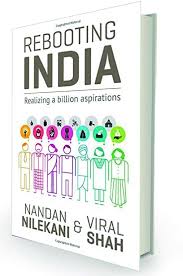








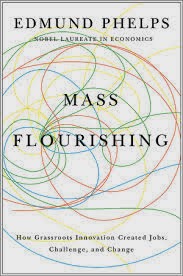









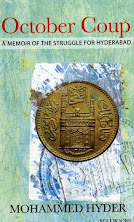


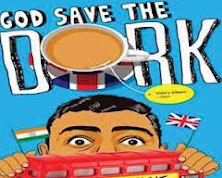








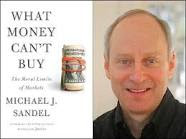




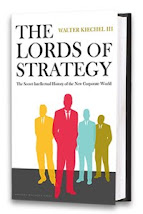











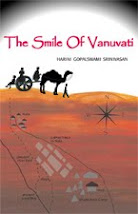


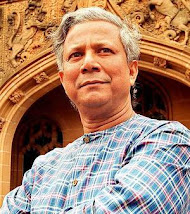








![Hyderabad: A Book [or two] and A Movie](http://3.bp.blogspot.com/_mxWA9ZVkKhQ/S0vnLAO90CI/AAAAAAAABYM/WgbSbAcAaEk/S214/luther1.0.jpg)

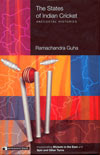





![Two Lives [and this is not about Vikram Seth]](http://1.bp.blogspot.com/_mxWA9ZVkKhQ/S0vjkyDYRvI/AAAAAAAABXM/mJGK-_gZiNg/S214/mansur.jpg)





No comments:
Post a Comment